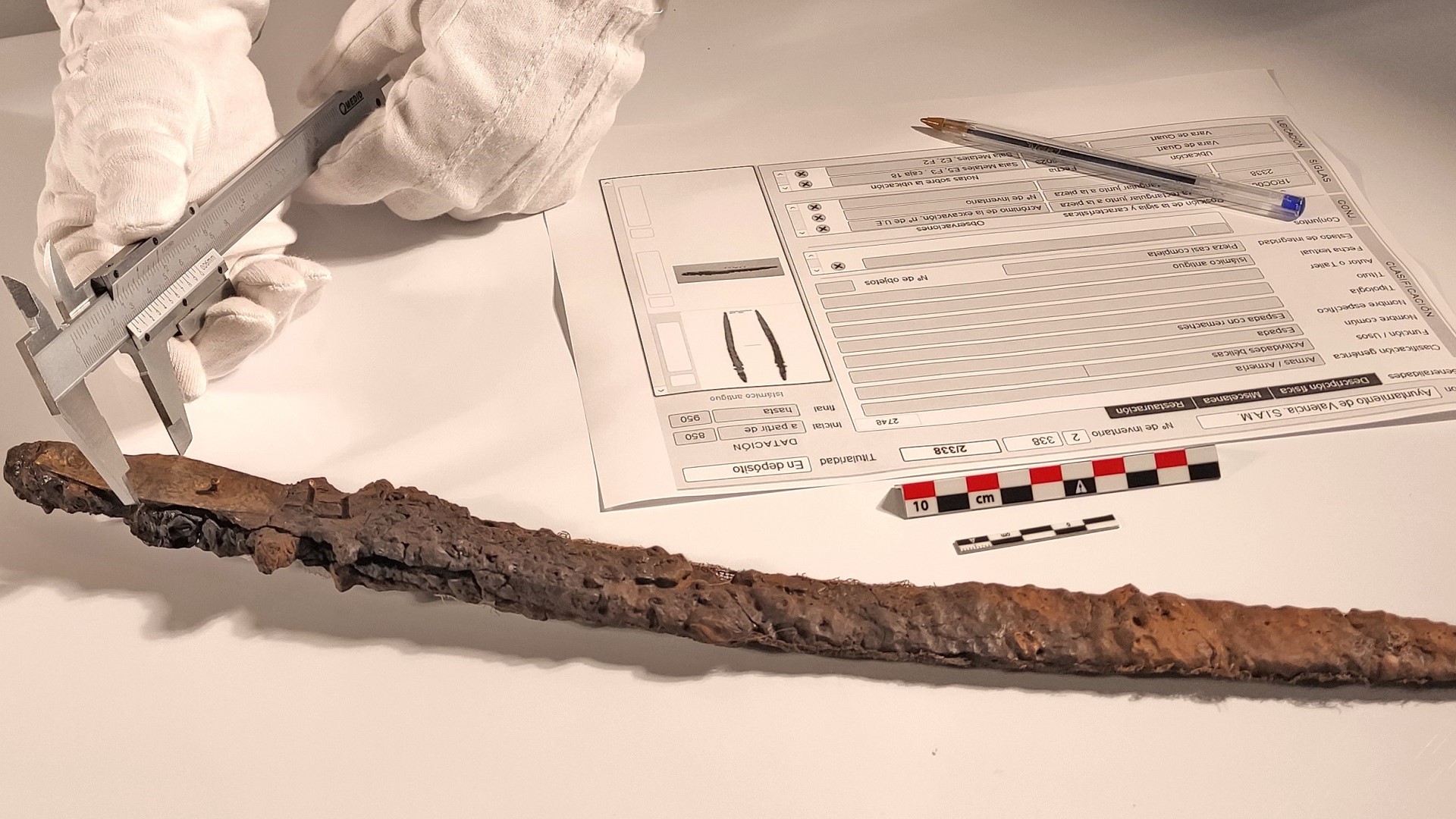Conservation, Vol. 4, Pages 216-235: A Case of the Guthi System in Nepal: The Backbone of the Conservation and Management of the Cultural Heritage
Conservation doi: 10.3390/conservation4020015
Authors: Salik Ram Subedi Sudha Shrestha
Guthi, deeply rooted in the social, cultural, and economic fabric of Nepal, has traditionally managed temples, shrines, festivals, and heritage sites since the Lichchhavi era (400–750). Since 1960, however, this system has been challenged by government land reforms, which have impacted its influence on sustainable heritage conservation. Nevertheless, there is compelling evidence that land nationalization and the guthi’s declining authority have harmed local heritage conservation. Nevertheless, the guthi system has endured, serving as an important informal means of heritage conservation and highlighting the adaptability of traditional institutions. These community-based trusts, originally established for social and religious purposes, have played a pivotal role in preserving cultural heritage for future generations. This article aims to demonstrate the central role of the guthi as the cornerstone of Nepal’s efforts to conserve and manage both tangible and intangible cultural treasures. Using observational techniques, case studies, and a qualitative approach, it explores the historical evolution of heritage conservation through the lens of the guthi, taking into account subjective, valued, and constructed realities. This paper concludes by urging policymakers to recognize the significant contribution of indigenous systems such as the guthi system in achieving the backbone of sustainable heritage conservation and management.

 2 weeks ago
28
2 weeks ago
28


